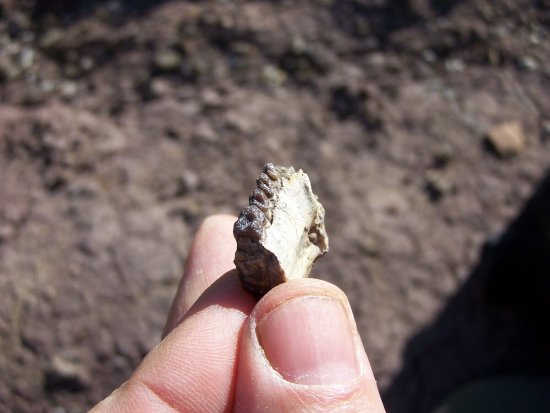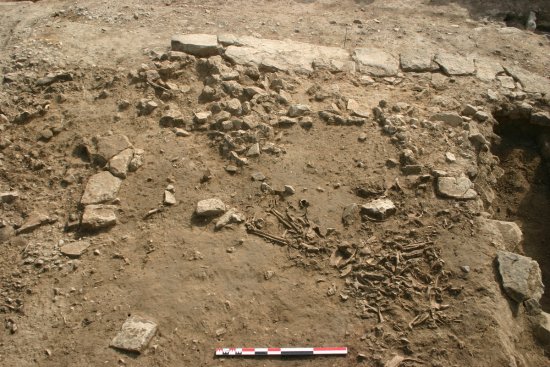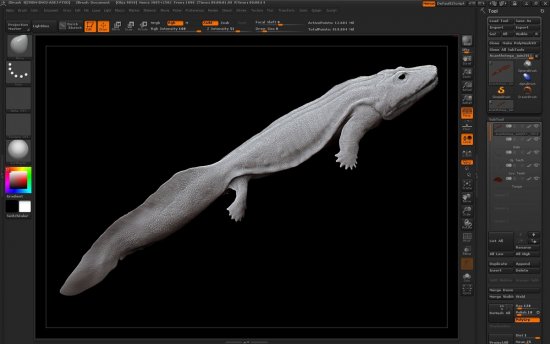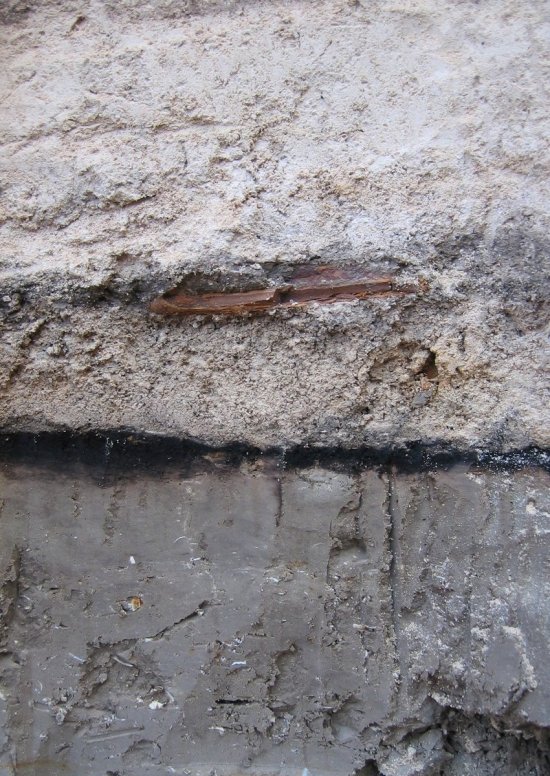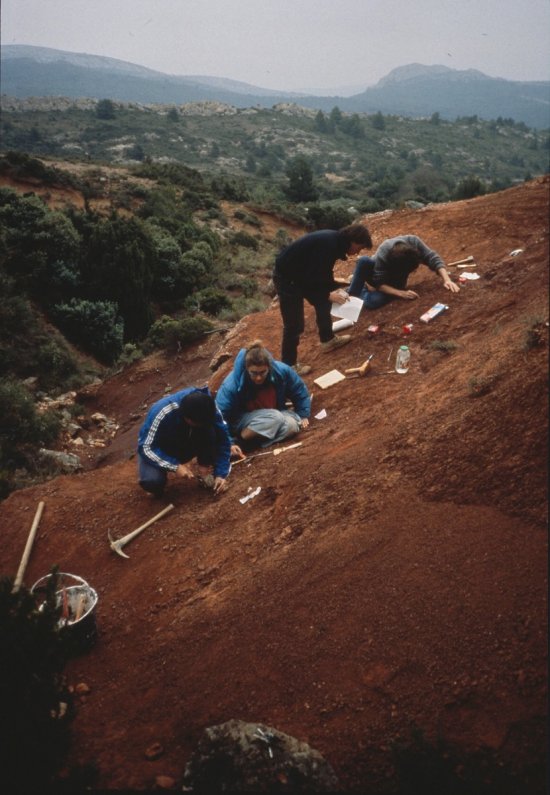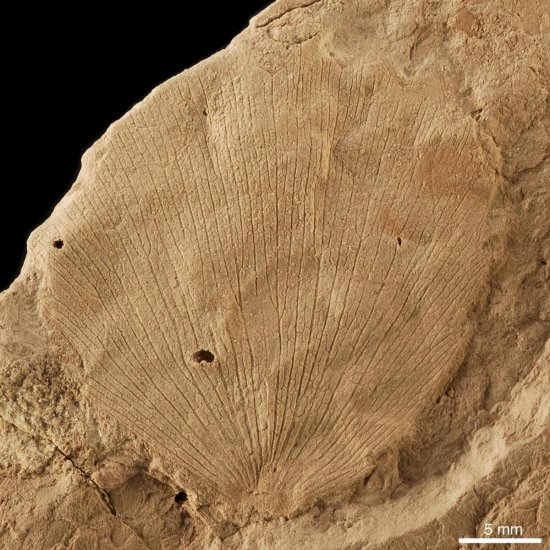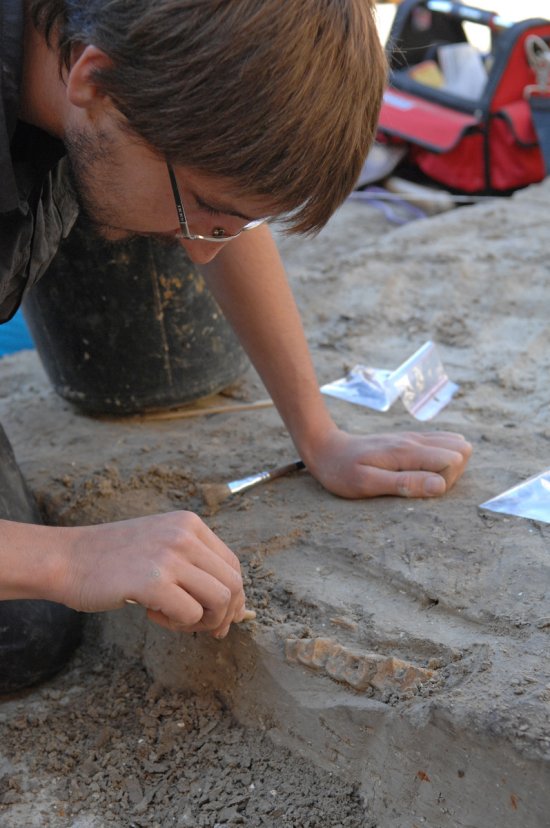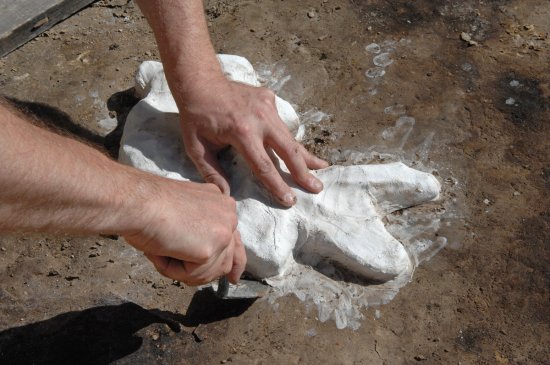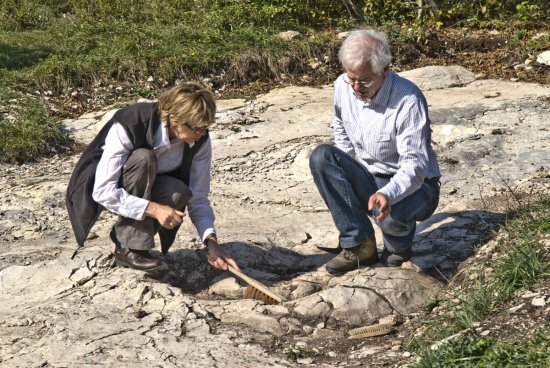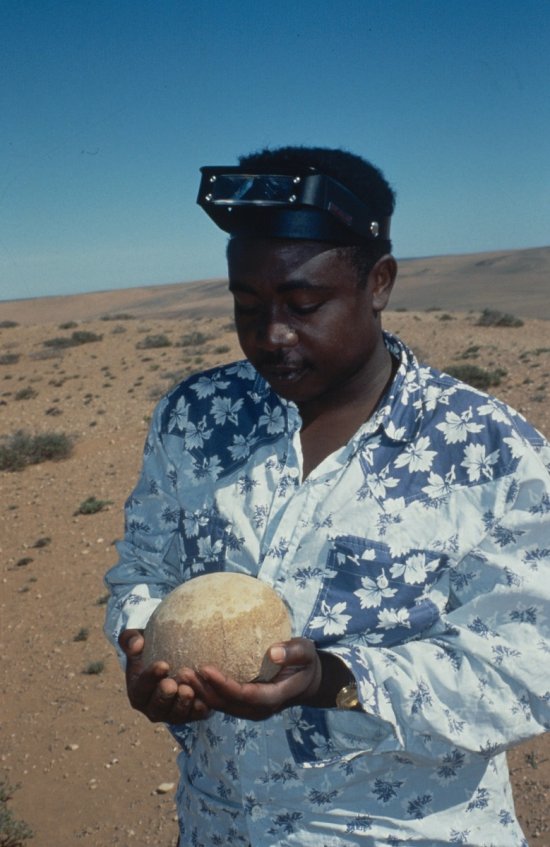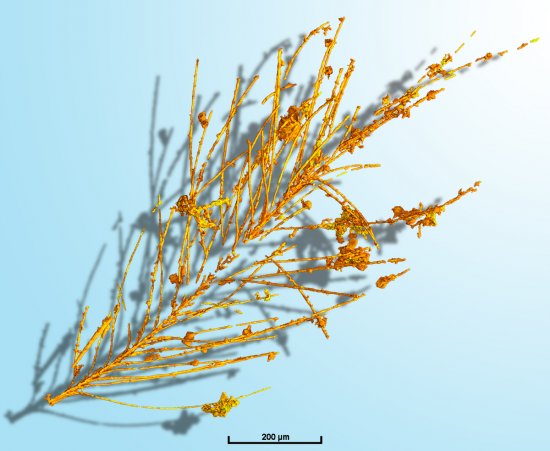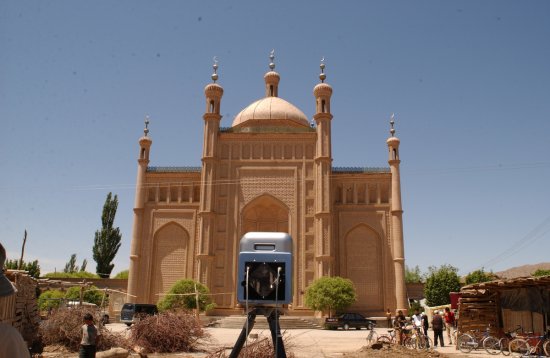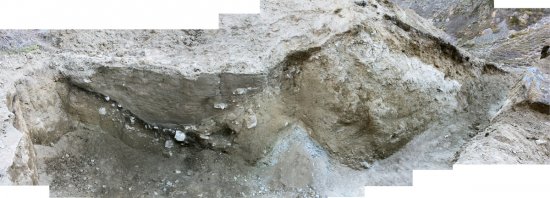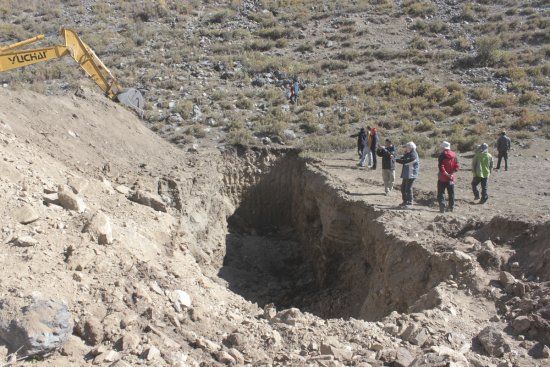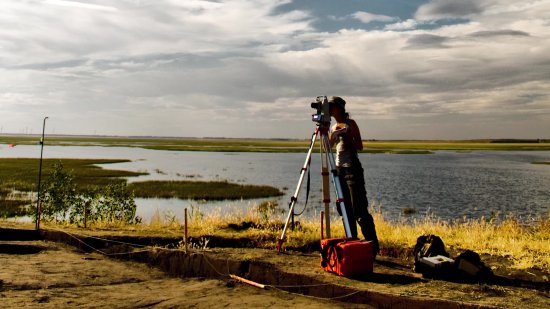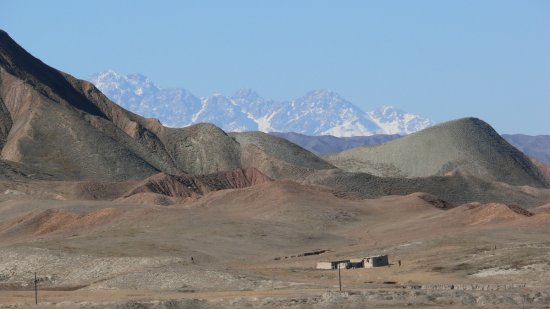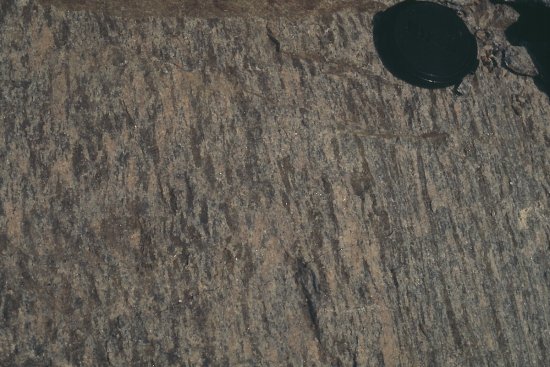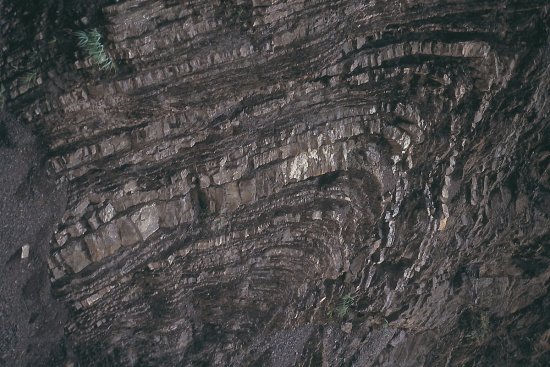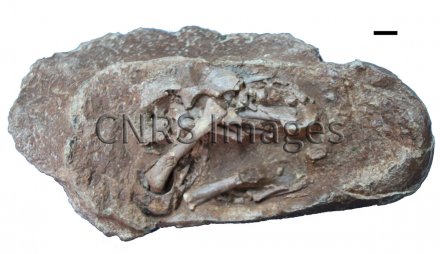
© Romain AMIOT / LGL-TPE / CNRS Images
Reference
20170067_0001
Œuf d’oviraptorosaure montrant le squelette d’un embryon préservé
Egg of an oviraptorosaur from the Upper Cretaceous showing the skeleton of a preserved embryo, found in China. Research scientists have been studying these 70-million-year-old fossilised eggs, which still contain the embryos of these beaked, bipedal dinosaurs. The shells and bones were analysed to establish their oxygen isotope composition, as the oxygen concentration depends on the temperature of the egg. This geochemical analysis method made it possible to find out that the eggs were incubated at a temperature of between 35°C and 40°C. This work opens up new perspectives for palaeontology as it could help us learn about the incubation strategies adopted by other dinosaurs.
The use of media visible on the CNRS Images Platform can be granted on request. Any reproduction or representation is forbidden without prior authorization from CNRS Images (except for resources under Creative Commons license).
No modification of an image may be made without the prior consent of CNRS Images.
No use of an image for advertising purposes or distribution to a third party may be made without the prior agreement of CNRS Images.
For more information, please consult our general conditions
